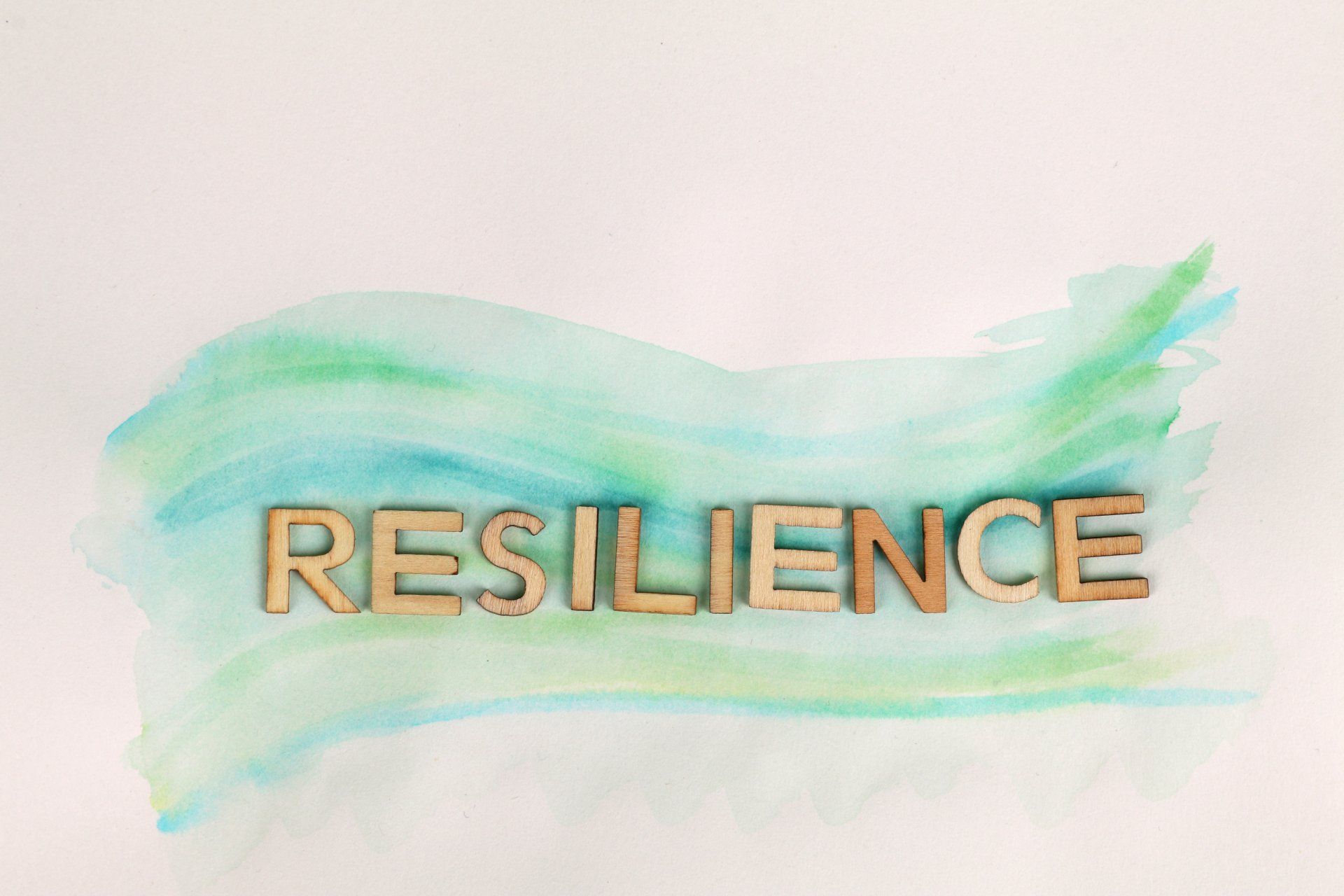From Kindergarten to College, Students Navigate Their Social World
Transitions are Hard

The massive migration back to school is beginning. The IES National Center for Educational Statistics estimates that 68 million children and adolescents will be attending private and public elementary and secondary schools in the fall of 2022. The 68 million students will be taught by 5 million teachers – 20 students per teacher. Fall marks an annual ritual when students resume their educational journey for the year. It holds the promise of learning, meeting friends, school activities, and favorite teachers, discovering new interests, and sparking life-long passions.
Many positive experiences created by public and private schools happen every day because of excellent teachers, coaches, and staff. Let’s not forget, though, that our students also navigate a social system within the school and some over stressed teachers.
I asked several of my child and adolescent therapy clients, “What don’t parents know about school?” You may be surprised by some of their remarks.
“It’s stressful. Parents don’t know that school is as stressful as their jobs.” (8th Grader)
“The teacher moves so fast sometimes I don’t understand something but then the subject changes.” (6th Grader)
“My classroom is so loud, it’s hard to listen.” (4th Grader)
Their quotes describe aspects of the social environment our children and adolescents experience often leading to anxiety, loneliness, a lack of belonging, worry, fatigue, and withdrawal. Whether your child is in public, private, or online schooling, they live an experience in the school systems that are mostly unseen by parents.
The comments from children and adolescents teach us fundamental characteristics of life that adults
sometimes forget as a result of over-scheduled and demanding lives. We all need exactly what our
kids need.
1. Knowing that you belong unconditionally, that you are accepted for who you are, and that you
matter in this world.
2. Being affirmed, loved, and knowing that others care about your joys and pain.
3. Having time alone to gather thoughts, center yourself, and restore inner balance.
4. Having one best friend…. just one who understands who you are, and you understand who they are.
5. Understanding that ALL new beginnings are hard, and beginnings are emotional times.
6. Listening and observing are essential keys to knowing and understanding your child. To watch,
listen, and learn what your child is telling you through behaviors, language, and actions is a roadmap to deciphering what they are feeling and experiencing. Ignoring or labeling your child’s behavior as “just moodiness” may be inaccurate. Learning how to talk with your child about their way of seeing something, their feelings, and their needs is actually available to you. If you learn how to communicate empathically, they may too.
Education is a cornerstone of our society influencing millions of children and adolescents each year. Whether your child is in public, private, or on-line schooling, they live an experience that is mostly unseen by adults in the school systems. During the years of pre-school through their senior year in high school, our kids are learning about relationships, trust, betrayal, and loyalty, and barricading doors all side-by-side
the school curricula. They are navigating a social atmosphere that we often do not see or know. Some kids are navigating it alone, silently, and fearfully. Others are creating the hierarchy and exclusion that exist within the system. Whether your kid is a navigator or creator, whether or not teachers are seasoned experts or new entrants to the profession, our children and adolescents face tough challenges as part of their
academic life.
For more ideas on helping your children through transitions, download the handout below!



